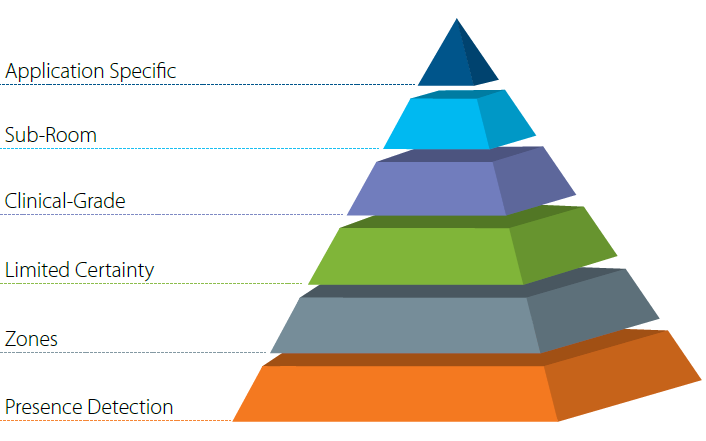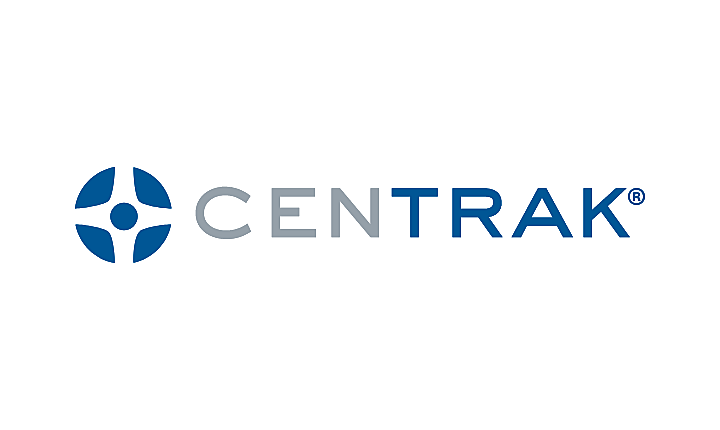The Future of IoT in Healthcare

An Analysis of Emerging Technologies
The Internet of Things (IoT) is defined as the extension of Internet connectivity into physical devices and everyday objects. There are various IoT technologies that generate value in healthcare, including location and sensing services. Enabling facilities to locate and monitor the status of patients, staff and equipment, generates operational efficiencies and improvements in patient care. As new technologies emerge, smart devices with built in IoT capabilities are creating additional value - providing big data for strategic decision making for the optimization of day-to-day operations.
One of the most exciting aspects of Healthcare IT is that it’s always changing - healthcare keeps evolving. There’s no shortage of new technologies, products and devices to evaluate – all which have the potential to make an enormous impact on patients, their families and caregivers. Keeping an open mind about these changes and looking for innovative ways to improve the patient experience adds incredible value to modern medicine. We do wish to add caution here, however. Healthcare IT isn’t always about what’s trendy, but more so what’s practical. Practicality includes cost, minimizing disruptions, and ensuring the technology is designed to meet the organization’s specific objectives.
Over the last decade, Indoor Location Services spending has grown exponentially to billions of dollars annually and is expected to continue at a CAGR of nearly 43% until 2021. Real-Time Location Systems (RTLS) enable dozens of Healthcare solutions including Staff Locating and Safety, Patient Flow, Infection Prevention/Hand Hygiene Compliance Monitoring, Asset Tracking/Management, Infant Protection, Wander Management, and Wayfinding. Several large healthcare providers have documented multiple millions of dollars in return on investment. For example, Wake Forest Baptist Medical Center has reported $2M/year savings from its Asset Management solution, $3.5M in redundant systems cost avoidance and $2M+/year as a result of increased staff productivity. These solutions are powered by an ecosystem of badges, tags, and phones, located by infrastructure leveraging a variety of technologies, including, infrared (IR), active RFID, Wi-Fi, Bluetooth Low Energy (BLE), and Low Frequency (LF).
RTLS Technology Review
The technologies referenced above represent only a partial list of those trialed in healthcare over the last several decades. Nevertheless, all location-enabling technologies can be grouped into two general categories based on the physical parameters of their signals: wall penetrating, and wall constrained.

Wall penetrating technologies are designed to pass through obstacles including walls, floors, ceilings, glass etc. An example that most can easily relate to, is an in-home Wi-Fi solution. The signal is not limited to the room where the access point is located but penetrates in all directions - as far as the signal will reach from its source. Given their ability to penetrate, these technologies can maintain connectivity with devices in adjacent rooms, floors, or even buildings. This capability represents a significant advantage when desiring to sense the state of a specific device. For example, Wi-Fi temperature sensors can communicate the temperature of a monitored unit that’s located 25-30 feet from an access point. But this strength turns into a weakness when precise location of the device is required. Wall penetrating technologies are most accurate when multiple signals are seen, enabling the network to estimate true location via triangulation and trilateration. But, no matter the density of wall penetrating antennas, these technologies will never be capable of 100% accurate locating to the clinically relevant space (room, bed, bay, etc.), otherwise known as Clinical-Grade Locating.
BLE is another example of a wall penetrating technology, operating on the same 2.4 GHz radio frequency as Wi-Fi. BLE beacons provide zonal level locating and are not precise enough to meet Clinical-Grade Locating requirements.
There is hope for healthcare providers who require Clinical-Grade Locating and it comes in the form of Gen2IR. This technology produces signals which are blocked by walls, ceilings, and floors. Additionally, this Wall Constrained technology will not pass through glass, whether it be a glass wall (e.g. ICU), or a small window in a Periop Suite. A Glass/Curtain Dividing technology can be used to divide dual occupancy rooms or bays that are separated by nothing more than a curtain.
Removing operational bottlenecks, improving care and enhancing patient flow in a Surgical department is a prime example of a sophisticated use case that many facilities are investing in. A leading-edge hospital turned to a BLE-only vendor for a solution to accurately track patients throughout their perioperative phases of surgery. The low cost and ubiquitous nature of BLE makes it an attractive option for healthcare’s most fundamental location needs. However, when automating workflow, documenting patient information and coordinating critical staff, a certainty-based, wall constrained locating technology is required. Location data in these scenarios cannot be estimated via triangulation or trilateration, no matter the density of devices. Unfortunately, for these reasons, this facility quickly began to realize that they could not automate decision making via the RF-based technology. In just one example, patients were consistently documented in the OR when, in fact, they were still in pre-op. While these technologies might test well in a lab environment, it is impossible to obtain Clinical-Grade Locating with BLE alone in an indoor, high-acuity, real-world environment.
The Benefits of BLE & Healthcare’s Location Adoption Model
The experience referenced above highlights the need to match solution and use case requirements with the appropriate technology. BLE is a fantastic technology and can stand on it’s own for solutions such as Wayfinding and Asset Tracking. However, end users will find it won’t support advanced solutions such as Staff Locating, Hand Hygiene Compliance, and Patient Flow.
Each indoor locating technology has its place in the market and CenTrak has adopted an interoperable platform for integrating these technologies, including BLE, Second Generation Infrared, Wi-Fi, Active UHF, Low Frequency, etc.
These facts highlight the importance of scalability in selection of the appropriate location and sensing services platform. Tracking patients in the OR will require wall-constrained technologies while basic asset visibility for the biomed team could be accomplished with an estimated or limited-certainty solution. When selecting a RTLS technology, ensure its scientific characteristics will allow the organization to accomplish its objectives. The location and sensing services highway is littered with the wreckage of investments that failed because they could not get to Clinical-Grade. Evaluate the type of accuracy required (room, bed, bay, shelf, etc.) and select the partner who offers a combination of technologies, for each use case. Many platforms offer hybrid (Multi-Mode) technologies which offer multiple means of locating tags.






